For decades, the H-1B visa has been the main route for Indian engineers and IT professionals to enter the United States. It has shaped career paths, powered India’s outsourcing industry, and fed the growth of Silicon Valley. But that path just became dramatically steeper.
On Friday, US President Donald Trump signed a proclamation under which employers will need to pay a $100,000 fee for every H-1B worker entering the US. The order, which takes effect on September 21, is already being called a “visa wall”, one that threatens to reset the flow of talent, technology and jobs between India and the US.
What Changes From Sept 21?
The new rule is blunt: no petition filed for an H-1B worker outside the US will be approved unless the sponsoring employer
pays $100,000 upfront. Without proof of payment, stamping will be refused and entry blocked.
Workers already inside the US on valid H-1B status are not directly affected. But anyone who travels abroad and seeks re-entry must comply with the new requirement.
Alongside the new fee, the proclamation instructs the Department of Labour to raise the official wage levels for H-1B jobs and directs the Department of Homeland Security to design rules that give priority to petitions offering higher salaries. These changes will take time to implement but are aimed at shifting the programme away from entry-level roles and towards senior, high-paying positions.
What Is Clear, And What Remains Uncertain?
Clear provisions:
- The $100,000 fee applies to H-1B petitions for workers outside the US who are seeking entry, including those who travel and need consular stamping to re-enter after the effective date.
- The proclamation’s Section 1(c) authorises the Secretary of Homeland Security to waive the restriction for an individual, all workers of a company, or all workers in an industry if the Secretary decides it is in the US national interest.
- The proclamation runs for 12 months, after which US agencies will review it and the White House will decide whether to extend it.
Unclear areas:
The proclamation does not specify which sectors, if any, will qualify for waivers. Areas such as healthcare, defence, critical technology, and research have historically been treated as “national interest,” but no automatic exemptions exist in the text.
It is also unclear how universities and non-profits will be treated. These employers are normally cap-exempt under H-1B rules, but the proclamation does not explicitly spare them.
How High Were Costs Before This?
According to the USCIS Fee Rule FAQs (January 31, 2024), sponsoring an H-1B worker already involved several charges:
- $215 for lottery registration,
- $780 for the base I-129 petition,
- $500 fraud prevention and detection fee,
- $750–1,500 training fee depending on the employer’s size (ACWIA fee),
- $600 asylum programme fee (with some reductions for small employers and non-profits),
- Plus optional premium processing for faster adjudication.
Trump’s proclamation makes clear that the $100,000 levy is in addition to existing statutory and regulatory fees. In other words, the surcharge sits on top of the standard H-1B cost stack.
Why India Stands At The Centre
India is by far the largest user of the H-1B system. In FY2024, around 71 per cent of all approved petitions went to India-born professionals, and computer-related roles accounted for almost two-thirds of visas issued.
That dominance also means India takes the hardest hit. Young Indian graduates in the US who normally move from student visas to full-time jobs via the Optional Practical Training (OPT) to H-1B pathway may now find employers unwilling to spend six figures on sponsorship. Families already holding H-1Bs could face disruption if their travel and re-entry collide with the new rules.
For India’s IT services majors and the fast-growing Global Capability Centres (GCCs), the shift is structural. Both rely on sending staff to the US for projects and training. Those rotations are now prohibitively expensive, which means more work will stay offshore in Indian hubs like Bengaluru, Hyderabad and Pune.
Which Companies Are Most Exposed?
The effect will ripple across industries, but some names stand out.
- Big Tech and cloud firms: Amazon remains the single largest sponsor of H-1Bs, with more than 12,000 approvals in the first half of 2025 alone. Microsoft, Meta, Google and Apple also recruit heavily through the programme. Each fresh hire now comes with a $100,000 price tag.
- Indian and global IT service providers: Infosys, TCS, Cognizant, Wipro, HCL, Capgemini and IBM all depend on H-1Bs for onsite delivery. The surcharge hits precisely the junior roles they rely on.
- Consulting and finance: JPMorgan Chase and other firms have expanded their use of H-1Bs for specialised STEM and quantitative positions. Each hire now becomes significantly more expensive.
- Startups and mid-size firms: With thinner margins, these companies are least able to absorb the levy. Many will delay hiring or push roles offshore.
- Universities and research labs: Postdoctoral researchers and specialised staff often work on H-1Bs. Without exemptions, academic employers will see costs soar.
The Role Of Exemptions
Section 1(c) of the proclamation gives the Secretary of Homeland Security broad discretion to waive the $100,000 requirement. A waiver can be granted to an individual, to all employees of a company, or to an entire industry, if DHS decides their hiring is in the “national interest” and does not pose a security risk.
The text does not spell out which areas might qualify. According to Moneycontrol, sectors such as healthcare, defence, critical technology and universities are expected to press for relief, since these have historically been considered vital to US interests. But the language of the proclamation is discretionary, and any decision will rest on how DHS interprets “national interest” in practice.
Why This Move Is Different
H-1B reforms in the past tweaked quotas, wage levels or eligibility rules. This is the first time a massive upfront payment has been bolted onto the programme.
That changes its character. Instead of being a broad pipeline bringing in both fresh graduates and senior specialists, the H-1B is now in danger of becoming a premium channel limited to top-end or politically favoured roles. The junior pipeline, the starting point for most Indians, is at risk of drying up.
What Comes Next?
The rule is already being challenged. Moneycontrol noted that immigration law experts expect the measure to be tested in court. Their argument: such a large mandatory fee, imposed without Congress, may face legal challenges on constitutional and procedural grounds. No lawsuits have yet been filed, but litigation is widely anticipated.
In Washington, industry groups are already preparing to lobby. Big Tech companies, universities, hospitals and defence-linked firms are likely to push hardest for exemptions under the “national interest” clause. The administration can use waiver powers to decide which sectors get relief, effectively turning exemptions into a bargaining chip.
For India, the stakes are immediate. With the world’s largest share of H-1B workers, disruption is unavoidable. IT firms will recalibrate delivery models, families will weigh travel risks, and young professionals will need to rethink career pathways. At the same time, India’s domestic tech ecosystem may gain strength as multinationals expand in Indian cities instead of sending staff abroad.
The Bottom Line
Trump’s $100,000 visa wall has turned the H-1B into a six-figure bet. For India, which dominates the programme, the fallout will be severe. For the US, the move may appear to protect jobs, but it risks cutting off access to the very talent that has powered its technology leadership for decades.

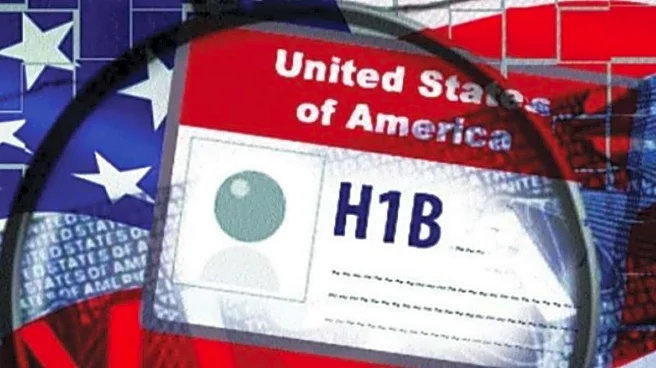
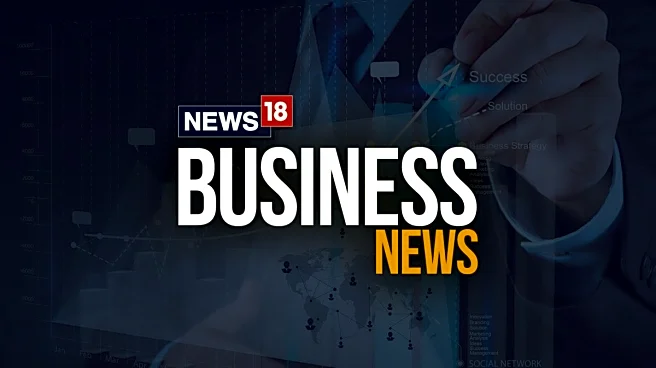
/images/ppid_a911dc6a-image-175836443172363988.webp)

/images/ppid_59c68470-image-17583700298117492.webp)

/images/ppid_59c68470-image-175836004140660041.webp)
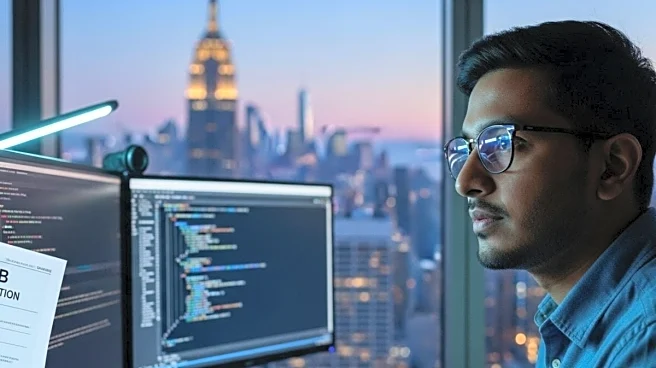
/images/ppid_59c68470-image-175834254410812418.webp)
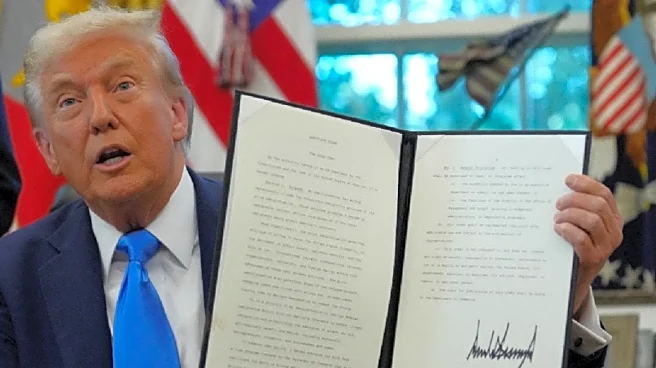
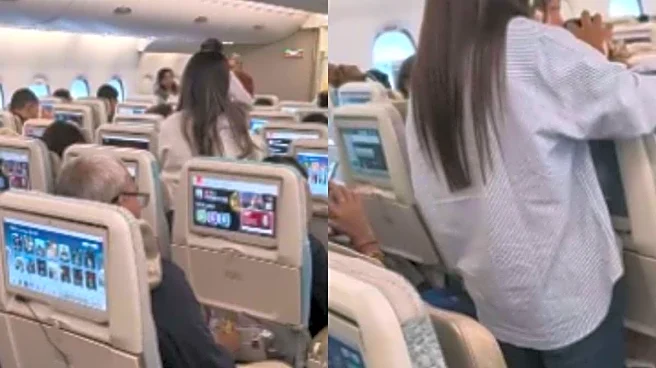
/images/ppid_59c68470-image-175820007992070443.webp)